The Comet of the Black Death is said to have coincided with the great plague, the "Black Death," that killed half the population of Europe from 1346 to 1350. The plague is thought to have originated in Central Asia and, transmitted by fleas on rats, been carried along the Silk Road into Europe.
Pieter Bruegel the Elder depicted the Black Death this way, in his 1562 painting "The Triumph of Death":
There are other theories, too, about the origin and spread of the Black Death. One says that a comet or fragments of a comet precipitated the Black Death. If you remember that scientists have said that the last Ice Age was caused by an asteroid impact, it's not much of a stretch to imagine that a piece of a comet striking the Earth could have disrupted the atmosphere enough to initiate the famines and plagues that characterized the Black Death:
"In France . . . was seen the terrible Comet called Negra. In December appeared over Avignon a Pillar of Fire. There were many great Earthquakes, Tempests, Thunders and Lightnings, and thousands of People were swallowed up; the Courses of Rivers were stopt; some Chasms of the Earth sent forth Blood. Terrible Showers of Hail, each stone weighing 1 Pound to 8; Abortions in all Countries; in Germany it rained Blood; in France Blood gushed out of the Graves of the Dead, and stained the Rivers crimson; Comets, Meteors, Fire-beams, corruscations in the Air, Mock-suns, the Heavens on Fire . . ."

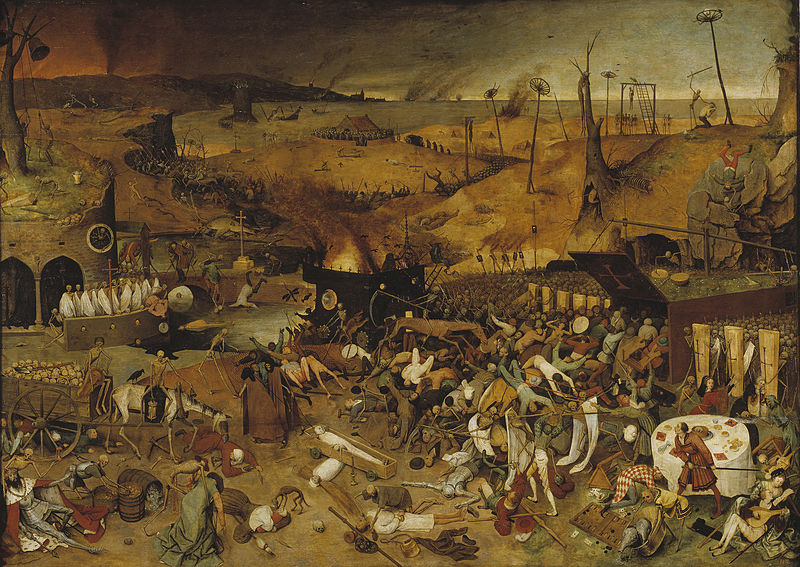
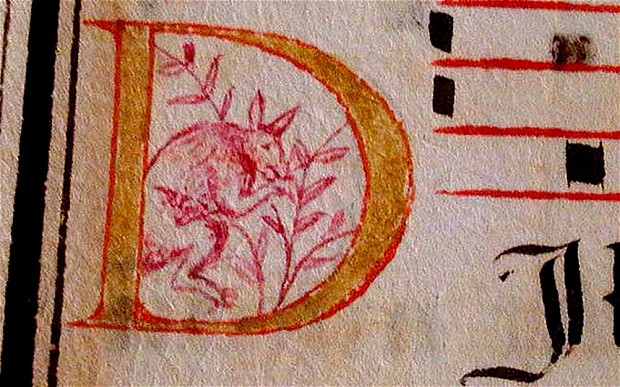
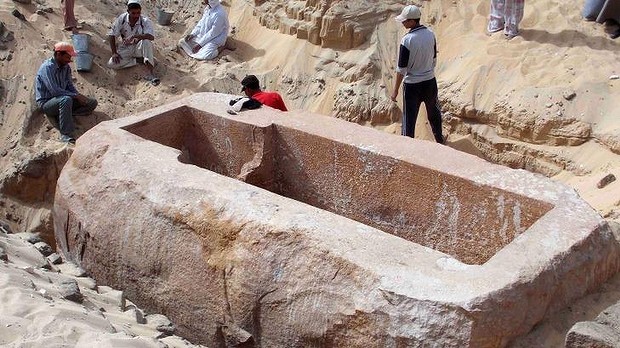
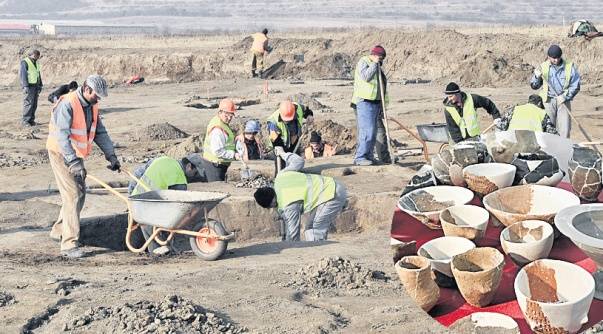


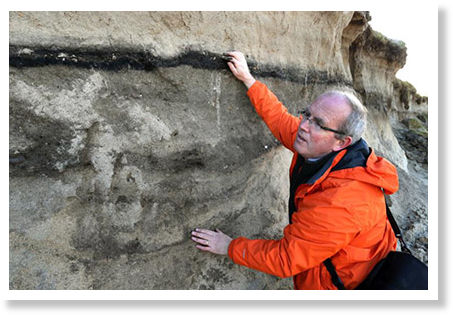

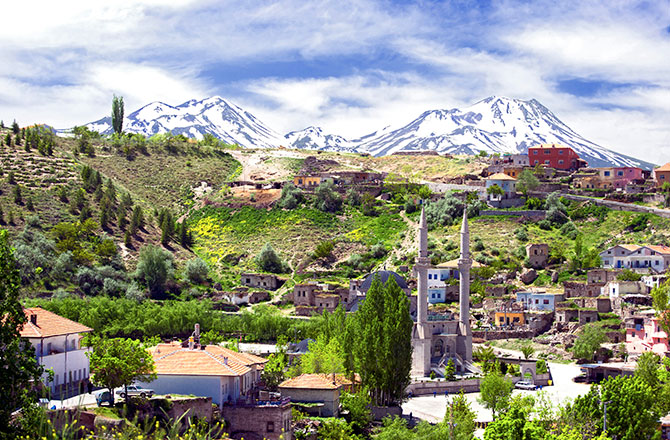




Comment: There has been much research that indicates that the plague was actually a result of cometary bombardment. The evidence actually supports what the people said at that time, reporting earthquakes, comets, rains of death and fire, corrupted atmosphere, and death on a scale that is almost unimaginable. For more background information read:
New Light on the Black Death: The Cosmic Connection
New Light on the Black Death: The Viral and Cosmic Connection
Black Death Study Lets Rats Off the Hook